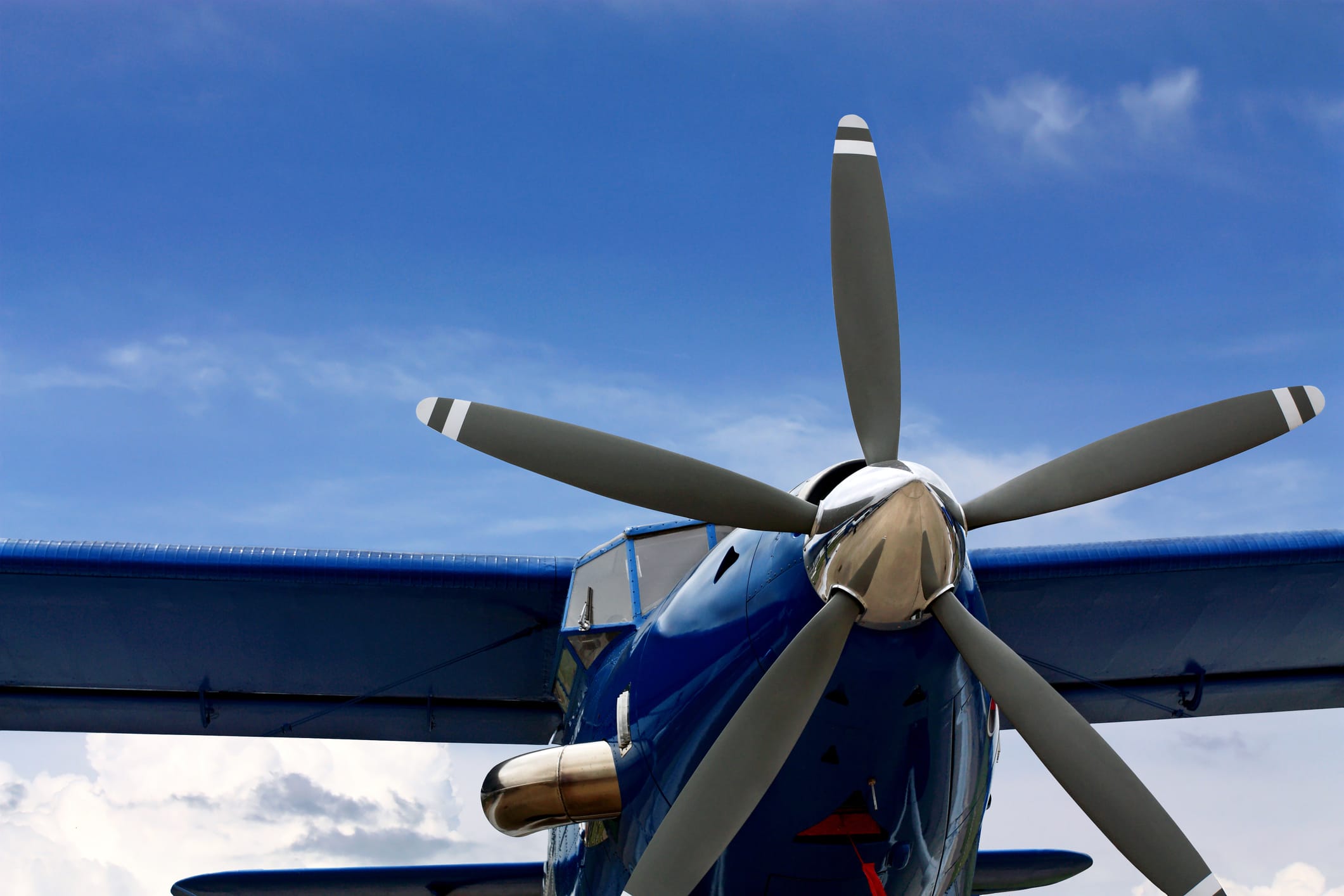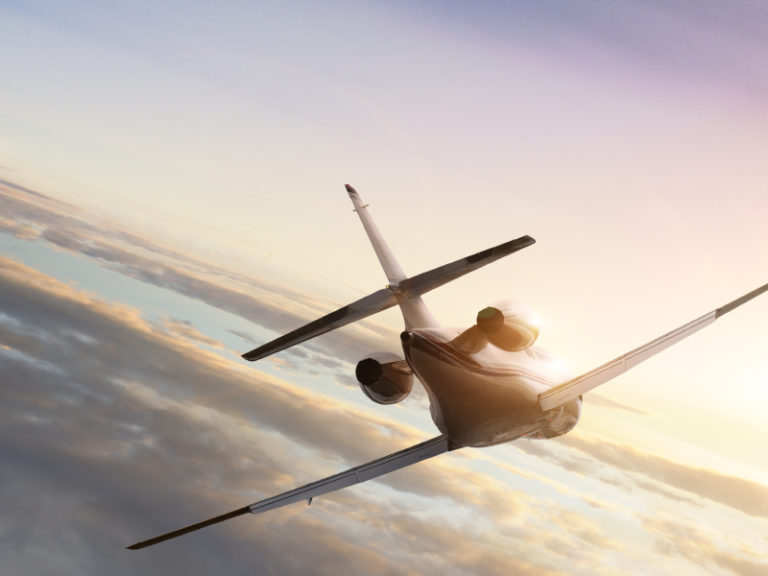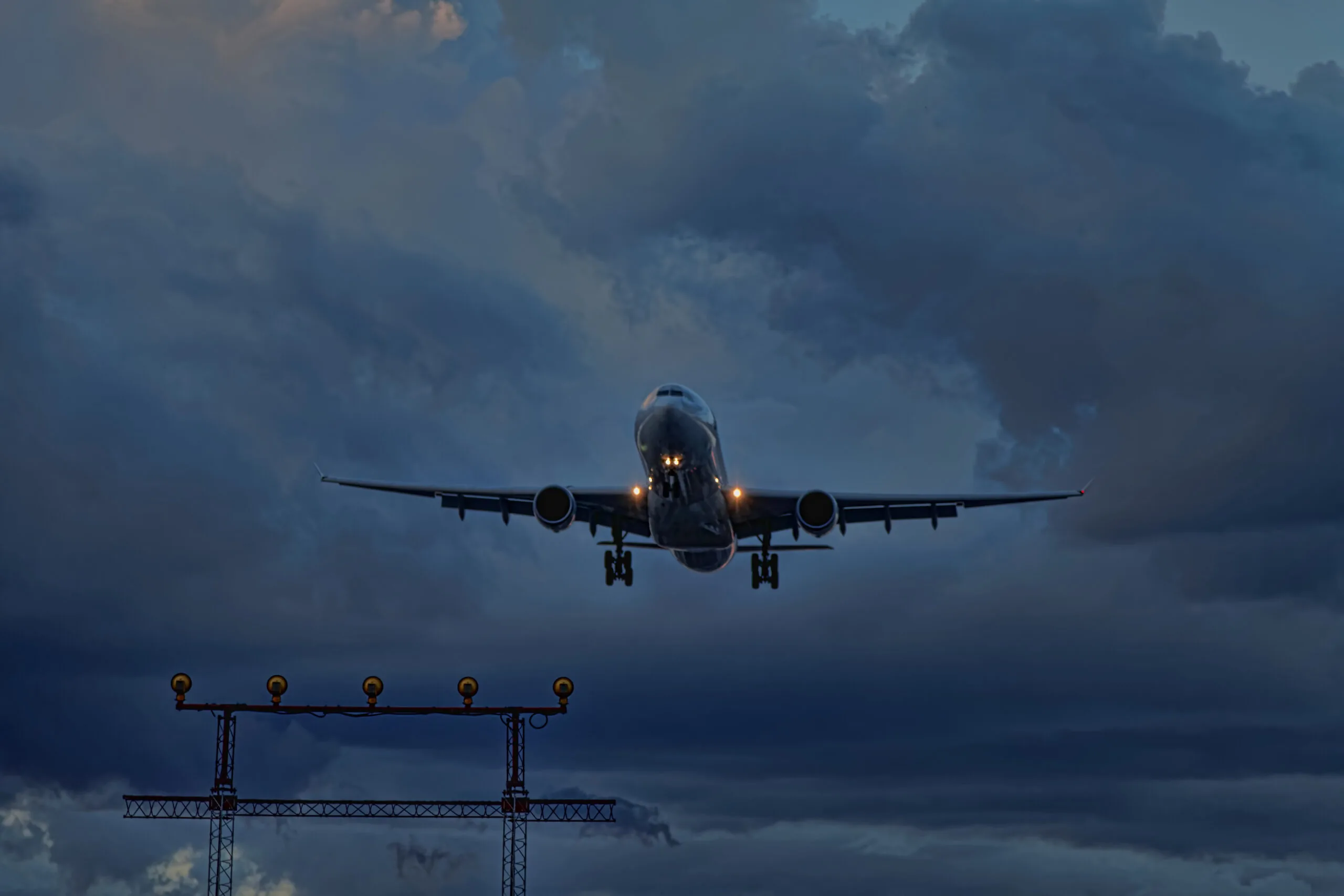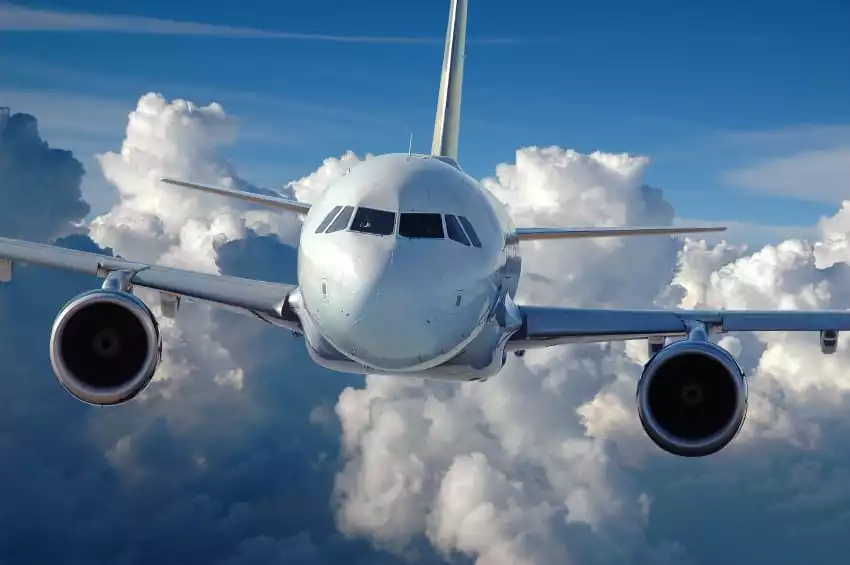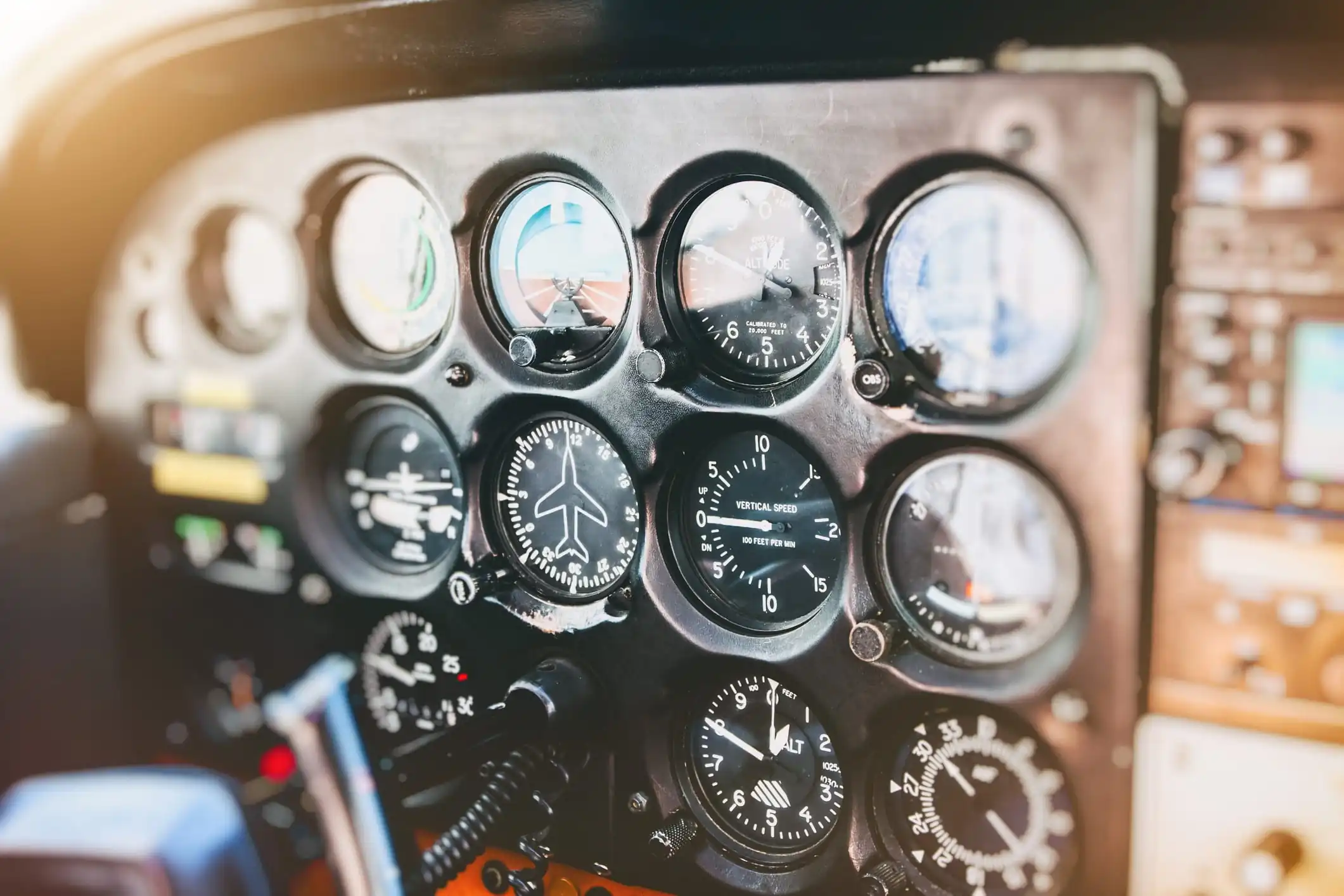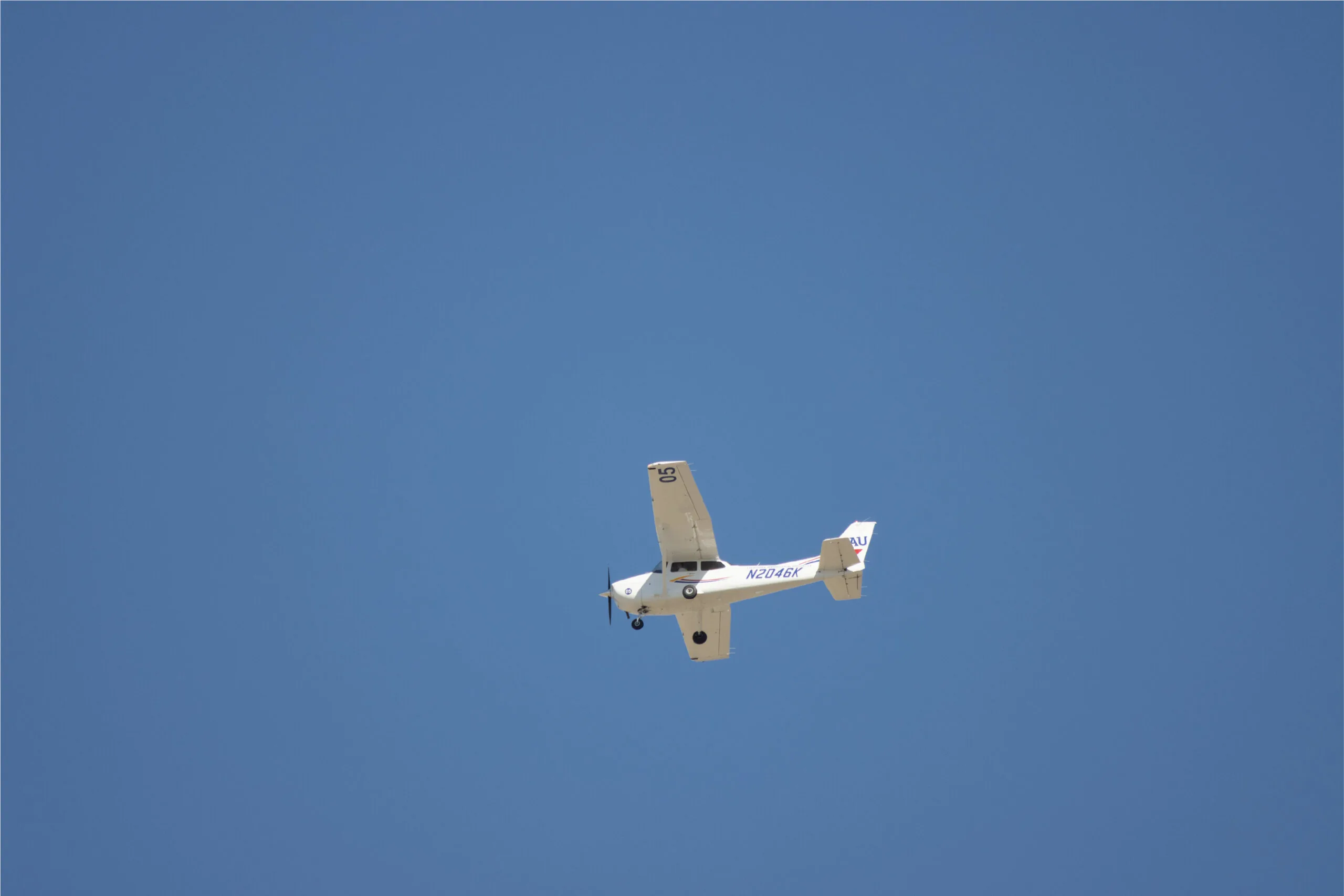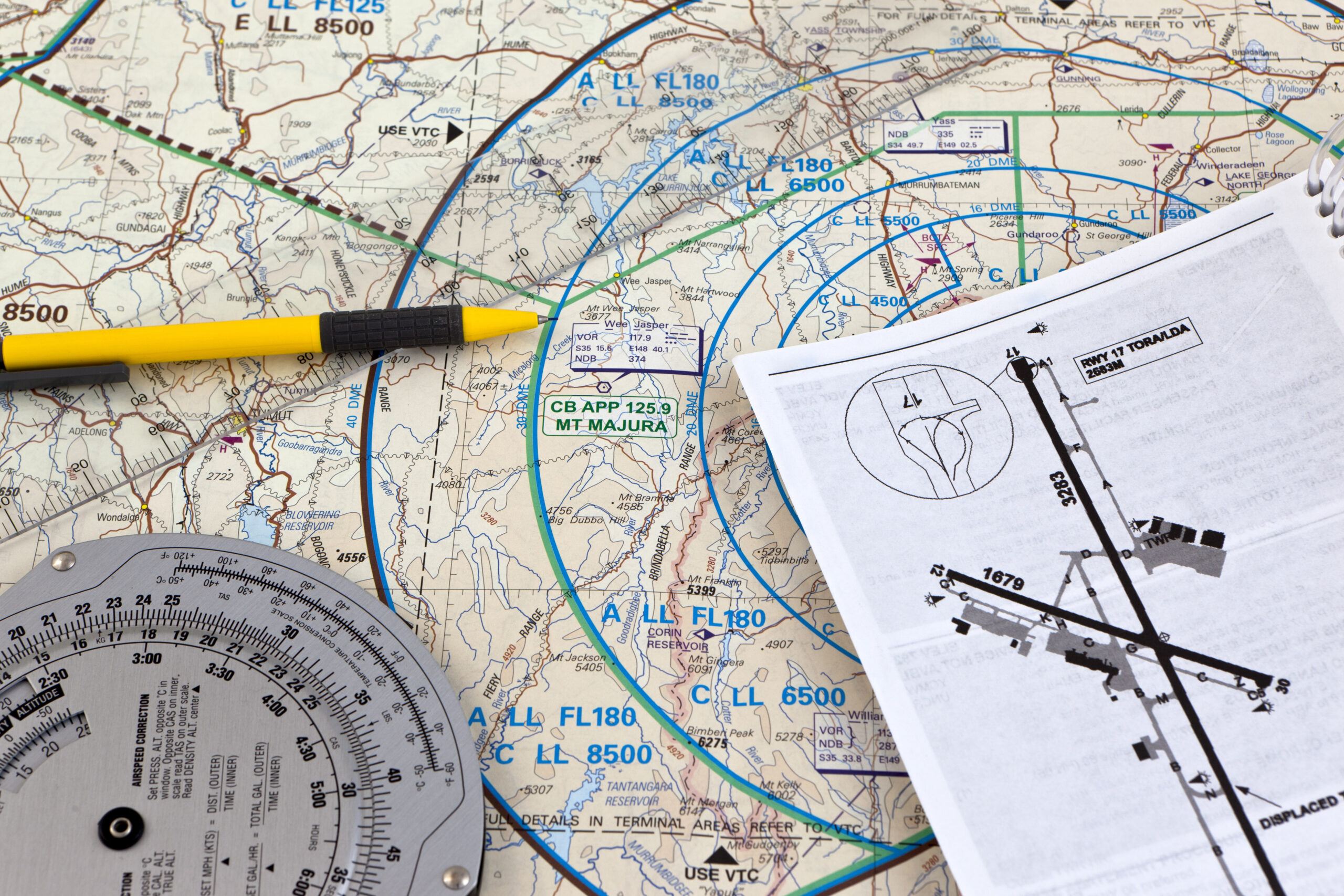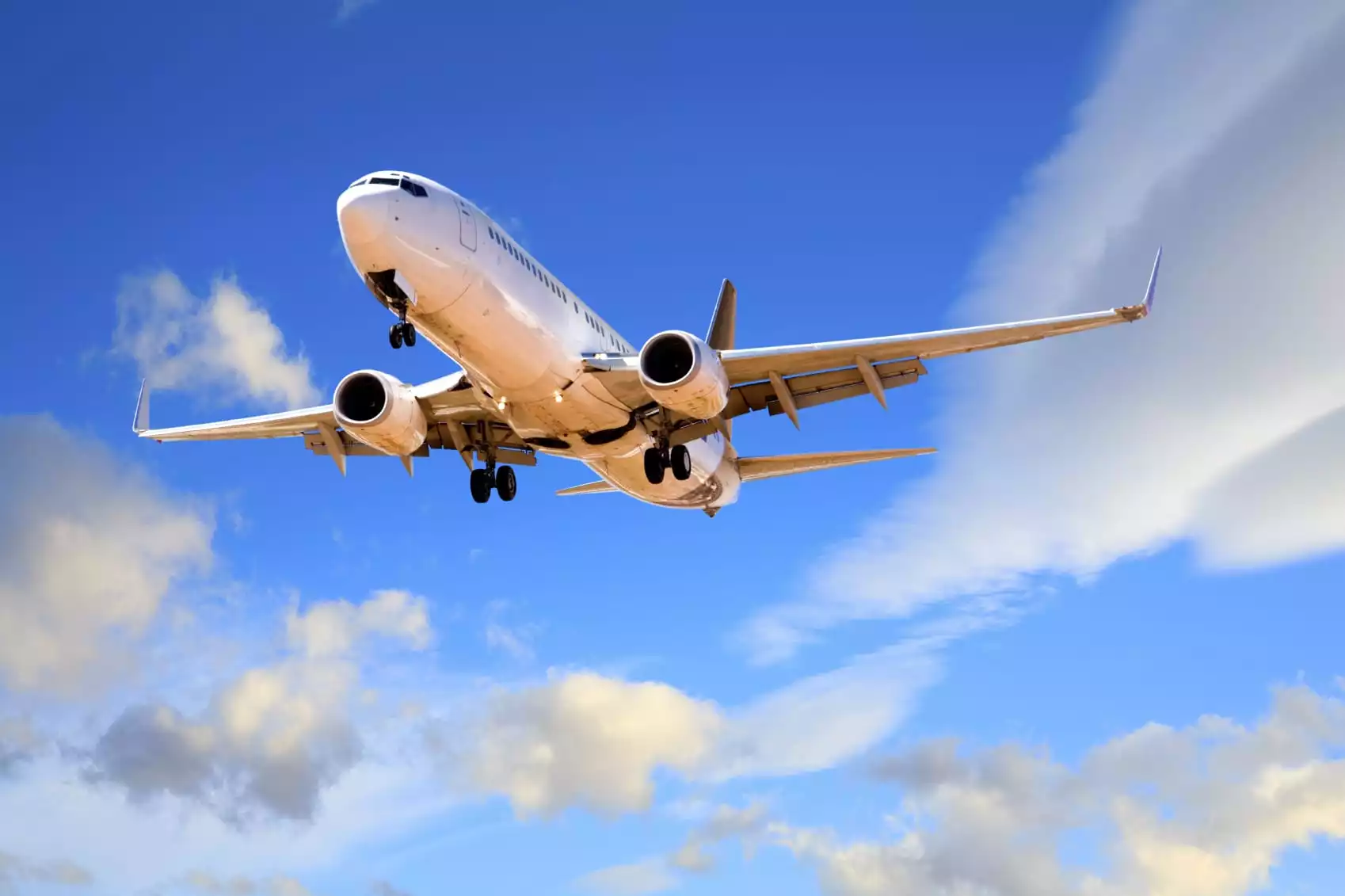To fully understand how an aircraft works, student pilots must become familiar with its form of propulsion. Comprehending how your airplane’s engine works helps you to become a safe and efficient pilot. It can also help you to diagnose potential mechanical problems and take action to mitigate any damage.
Even the earliest aviation pioneers knew that the secret to overcoming gravity and staying aloft was in the propulsion of the aircraft. However, no matter how much power an aircraft offers, it still must be controlled, distributed throughout the airframe, and balanced with the amount of fuel it requires.
As you will see, the needs of the military often drove the development of engine power, which was crafted with maneuverability in mind. Although we take reliable modern jet travel for granted, it is only a small slice of aviation history and capabilities.
Basic Differences Between Propellers and Jets
An airplane’s engine or engines move the airplane by pulling it through the atmosphere, or by displacing air from in front to behind the airplane. The two forms of propulsion– the means to displace air– are propellers, or “props” for short, and jets. Props are small airfoils, carefully shaped to generate lift, yet instead of directing lift vertically like wings, props direct the lift horizontally. The Wright Brothers’ success is largely attributed to their research on what the most efficient propeller shape should be for their Flyer.
Jets generate propulsion by pulling in air, combining it with fuel, igniting the mixture, and using the resulting explosion to push the airplane forward. There are combinations of the two forms, called turboprop and turbofan engines, which we’ll discuss later.
Prop Power
The earliest airplanes all had propellers, as the technology to contain jet explosive power did not arrive until World War Two. As mentioned earlier, the Wright Brothers were successful by understanding that propellers are airfoils, just like wings, and they devoted many studies and wind-tunnel testing to developing props which would still generate sufficient thrust when turned by a small engine. They also carefully studied the birds floating on air currents along the North Carolina shore to understand how to control this power. Following the Wrights’ breakthrough, airplanes over the years were able to go faster and faster as propellers, and the engines driving them became lighter, more efficient, and generated more thrust.
However, during the Second World War, and the accompanying rapid advances in technology, propellers reached a peak in how fast they could fly. Even a very efficient prop has an inherent limitation: as the rotational velocity of the tip of the prop approaches the speed of sound, shock waves develop, which produce incredible drag, destroying the prop’s efficiency beyond a certain speed, depending on the exact design. Only recently have further advances in prop technology sought to solve the problem of tip shock waves. Some examples include scimitar props and curved tips, which apply winglet theory to propellers.
The Arrival of Jet Engines
Recognizing the limitation of propellers, airplane designers looked to the nascent technology of rockets as a solution for more speed. The earliest jet engines were little more than scaled-down rockets, harnessing the power of exploding fuel/air mixtures to generate thrust. In fact, the first jet fighter, the Me-163, built by Germany, was essentially rocket-propelled, where the pilot had little control over the thrust from the engine and had to fly until the fuel was expended, and then glided to a landing. Needless to say, it was not a successful design. That honor belongs to the Me-262, also built by Germany, which had turbojet engines, a design which allowed the pilot much greater control over the thrust, was more efficient with that thrust and could carry a greater payload of armaments.
Following WWII, jet engine technology continued to advance, allowing airplanes to go faster and higher than ever. The turbofan engine was developed, leading to a great leap in efficiency, where thrust is generated by a combination of the jet blast out the back and fan blades on the front acting like a propeller. The fan on the front is driven by turbines at the rear of the engine which are turned by the blast, meaning the power of the exploding fuel/air mixture is used twice, hence the vast increase in efficiency.
Modern jet engines are called high-bypass turbofans because most of the air entering the engine is directed around the engine itself after being pulled in by the leading fan, which produces more thrust than the jet portion. That’s why modern engines have such a large diameter compared to early jets, which looked like narrow tubes. The size of the turbine portion of jets hasn’t really changed over the years; the leading fan keeps increasing, which boosts efficiency.
More of Jet and Propeller Propulsion
Another combination of jet and prop is the turboprop engine. The turboprop uses the power of a jet engine to turn a propeller. The exploding fuel/air mixture is completely contained and ducted over a turbine assembly connected to the propeller. None of the jet blast is used for propulsion. In fact, on some turboprops, the jet portion is mounted backward, meaning the jet blast is directed forward and onto the propeller turbines.
The turboprop is sometimes called an ultra-high-bypass jet engine because all the thrust is generated by props and the air is directed around the engine, closely resembling the high-bypass turbofan engine which generates a lot of thrust by the leading fan. Also like the turbofan, the turboprop is quite efficient because it moves a lot of air using a relatively small amount of fuel, instead of relying on the raw power of explosive force.
Helicopters have also benefited from jet engine technology. A variation of the turboprop, called the turboshaft engine, allowed helicopters to join the jet age. The turboshaft engine uses jet blast directed over turbines to turn a series of gears connected to the shaft of the helicopter blades. In other words, the turboshaft is a turboprop with different gearing.
Ready to soar in your aviation career?
Mr. Matthew A. Johnston has over 23 years of experience serving various roles in education and is currently serving as the President of California Aeronautical University. He maintains memberships and is a supporting participant with several aviation promoting and advocacy associations including University Aviation Association (UAA), Regional Airline Association (RAA), AOPA, NBAA, and EAA with the Young Eagles program. He is proud of his collaboration with airlines, aviation businesses and individual aviation professionals who are working with him to develop California Aeronautical University as a leader in educating aviation professionals.
